It’s frustrating when your washing machine suddenly stops spinning, leaving you with a pile of soggy laundry. Let’s explore some common reasons why your washing machine may not be spinning and offer solutions to get it back in action.
1 Clogged Water Inlet Hose
The washing cycle starts with an initial soak, followed by water being pumped in for the rest of the cycle. If the water supply system is clogged, the machine will stop at the soaking step and fail to move on to the spinning phase.
To fix this, check the water inlet hose and valve for any blockages. Regularly clean the filter at the water inlet to prevent buildup from dirt and debris, which can clog the hose.
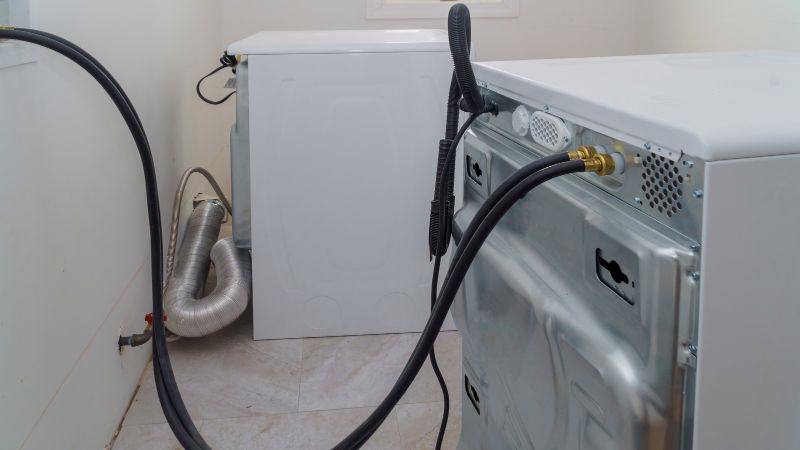 Clogged water inlet hose
Clogged water inlet hose
2 Blockage in the Drain Hose or Drain Valve
For a washing machine to spin, it must first drain the water. So, when it fails to spin, there’s likely a blockage in the drain hose or drain valve, preventing water from exiting.
Inspect the drain hose to ensure it’s not bent or clogged with debris. Also, check that it’s been lowered and isn’t kinked.
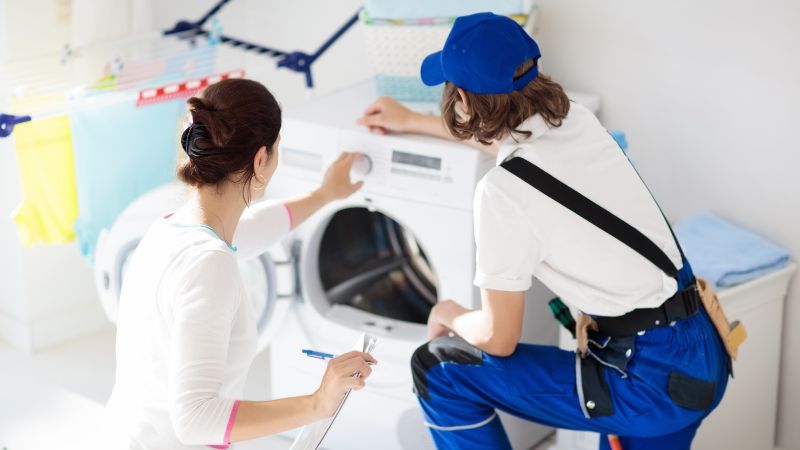 Blockage in the drain hose or drain valve
Blockage in the drain hose or drain valve
3 Open Washer Door
It may seem obvious, but a common mistake is failing to close the washer door securely. Modern washing machines have a safety feature that only allows the spinning cycle to operate when the door is tightly shut.
So, before blaming any other issues, ensure the washer door is firmly closed.
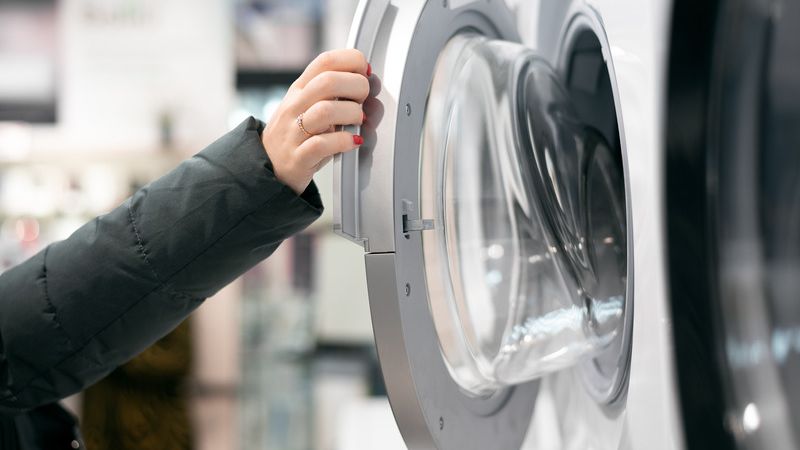 Washing machine won’t spin if the lid is open
Washing machine won’t spin if the lid is open
4 Broken Drive Belt or Motor
Many washing machines use a drive belt, which can wear out over time. If the drive belt is loose, slips off the motor, or breaks, the washing machine won’t be able to spin. Regularly inspect and replace the drive belt to ensure optimal performance.
For direct-drive washing machines, if the spin cycle won’t start, the motor may be faulty. Contact a repair service or the manufacturer’s customer support for assistance.
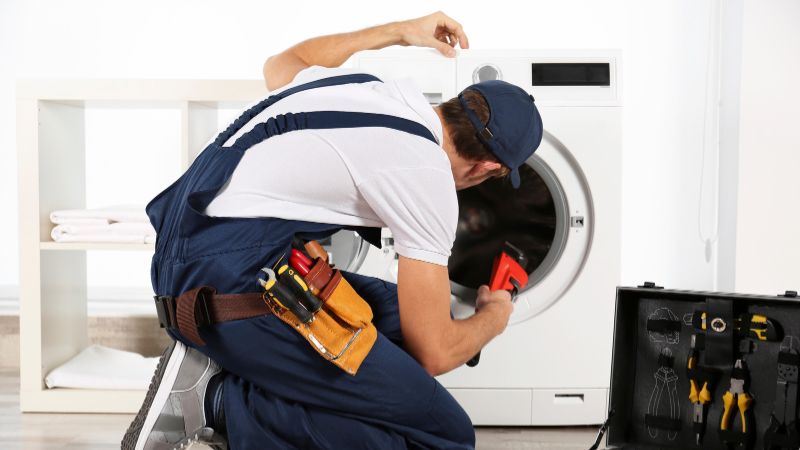 Broken drive belt or motor
Broken drive belt or motor
5 Program Malfunction
Another reason for a non-spinning washing machine could be a program malfunction. This may be due to a technical glitch from the manufacturer or accidental exposure of magnetic objects near the control panel, especially for top-loading machines. This can corrupt the program memory, resulting in a non-functional spin cycle.
In such cases, contact customer support for guidance on repairing or replacing the program.
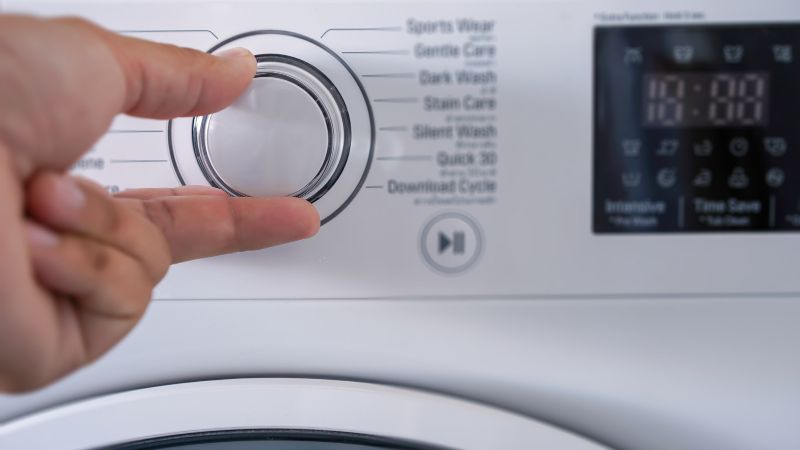 Program malfunction
Program malfunction
6 Overloading or Unbalanced Laundry
Overloading your washing machine with more laundry than it can handle is a common issue. This overburdening can prevent the motor from functioning properly. Additionally, placing laundry unevenly can cause the spin cycle to struggle or fail to operate.
Avoid overloading your washing machine and always distribute laundry evenly to ensure smooth spinning and prolong the life of your machine’s motor.
 Overloading or unbalanced laundry can prevent spinning
Overloading or unbalanced laundry can prevent spinning
7 Unstable Installation
When your washing machine’s spinning function isn’t working, check if it’s installed on a level surface. An uneven installation can not only prevent spinning but also reduce the lifespan of the motor.
If your washing machine is tilted, find a suitable flat surface to place it on and ensure it’s stable.
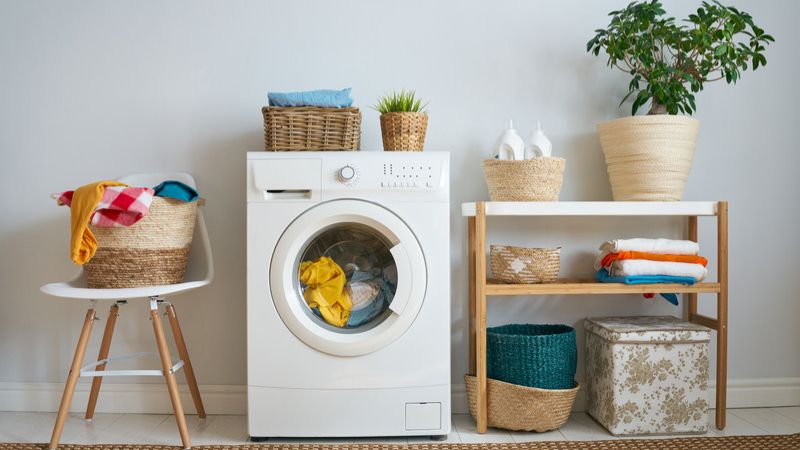 Unstable installation can hinder spinning
Unstable installation can hinder spinning
These are some common reasons why your washing machine may not be spinning. If you’re experiencing this issue, we hope these insights help you troubleshoot and get your machine back in working order promptly!

































